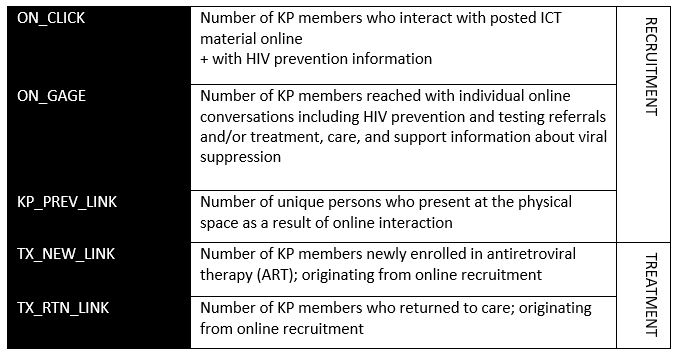Written by Abrahim Simmonds, Project Officer, LINKAGES Jamaica
Traditional, face-to-face outreach has been the cornerstone of the HIV response in Jamaica. Outreach workers have the opportunity to identify members of key populations and navigate them through the full cascade of prevention and treatment services. Despite significant gains, stigma and discrimination have made it increasingly difficult to tap into new networks of men who have sex with men (MSM) and transgender women. An additional complication is the gradual shift from physical social networking to anonymous virtual connections though social media and dating platforms.
MSM like Jim and Ricky* would often go to Friday evening limes (small parties) at different houses in Kingston. Every week they could expect to meet at least two new people. Outreach workers from civil society organizations (CSOs) that provide testing services and counseling to MSM and trans women would sometimes get access to these small events. After a terrible attack at one of their parties, Jim and Ricky vowed never to attend or host a group gathering again. Like many other MSM and trans women, they now meet and socialize with new people online. In most instances, the intention is to arrange a time to meet and have sex.
The USAID- and PEPFAR-supported LINKAGES project is supporting the National Family Planning Board and CSO partners to build the capacity of outreach workers to identify and engage with key population members like Jim and Ricky in cyberspace. The primary objective is to share information and build trust so they and other clients will participate in the offline experience of testing or treatment services. This strategy is known as Outreach 2.0.
Like other programmatic approaches, monitoring and evaluation for quality assurance and improvement are critical. A framework was created to enable outreach teams to track and monitor online engagements with the aid of custom indicators. These indicators were carefully designed to show direct contribution to PEPFAR indicators.
The primary PEPFAR indicators used to evaluate efforts among KPs in Jamaica are: KP_PREV, HTS_TST (and HTS_POS), TX_RTN, TX_NEW, and TX_CURR. LINKAGES introduced three custom indicators to track clients across what is informally called the recruitment cascade and two others that will help assess contributions to the treatment cascade. These are ON_CLICK, ON_GAGE, KP_PREV_LINK, TX_NEW_LINK, and TX_RTN_LINK (see table). These custom indicators allow for adequate capture of the unique dynamics of key populations programming and LINKAGES contributions, especially in countries where direct service delivery of antiretroviral therapy is not provided.
Stay tuned for a follow-up blog post on LINKAGES Jamaica’s use of custom indicators.
*Fictional characters
